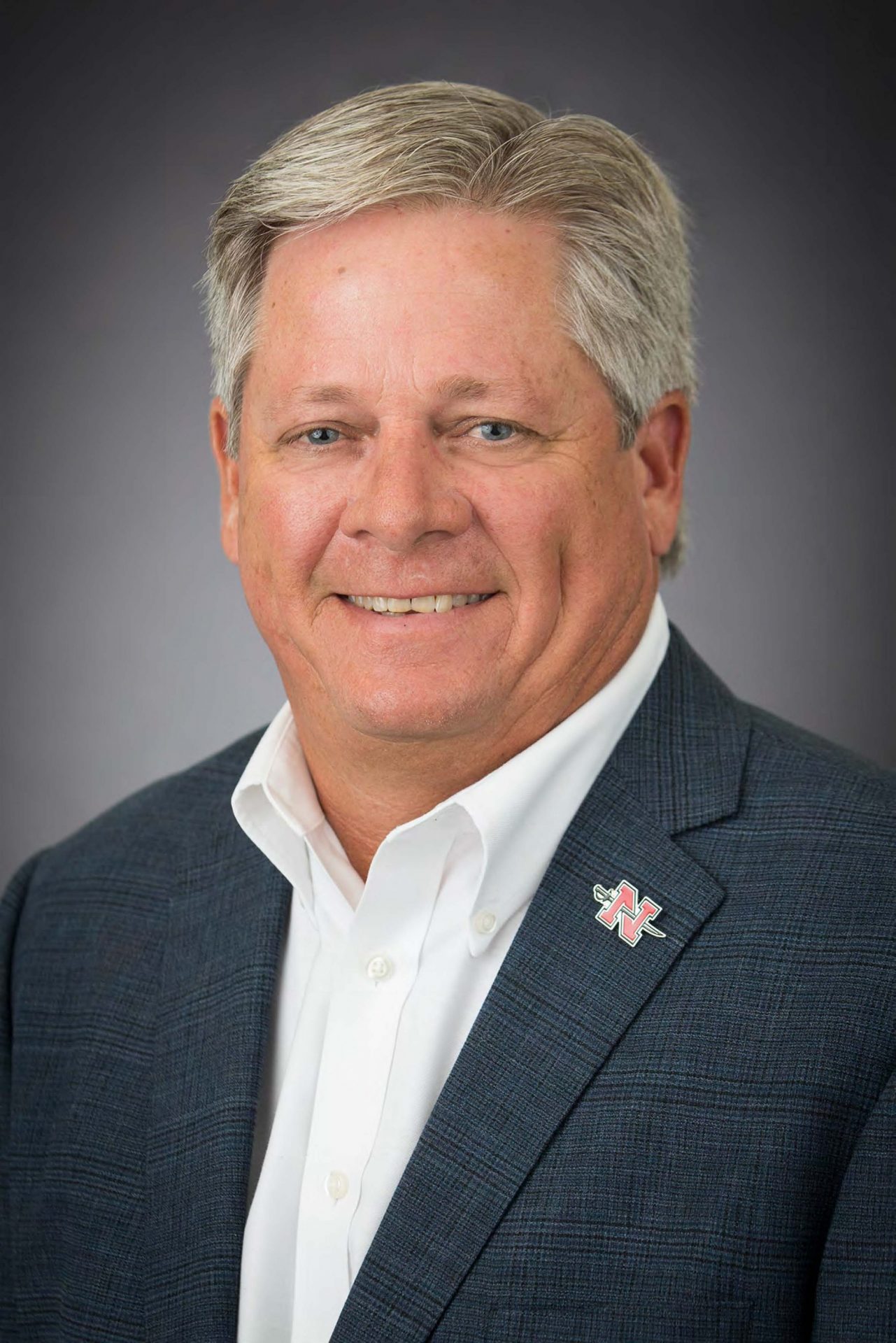
Maritime Management
November 14, 2021
Bayou Region Business Organizations Launch Housing Initiative
November 14, 2021FEMA Administrator Deanne Criswell, Terrebonne Parish Parish Gordy Dove, Lafourche Parish President Archie Chaisson, and Acting Director of GOHSEP Casey Tingle met the first week of November to discuss the recovery process in the bayou communities.
FEMA Administrator Criswell said there have been challenges and they will take what they learned in the south back to Washington D.C. to address and move forward with the process. She said, “there are still things we can continue to improve on, and I’m committed to doing that.”
State Director Tingle said that the conversations they are having are important to know what is needed to understand what the community needs are, what’s going well, and what the gaps are so they can know what resources and services are needed to close those gaps. He praised FEMA for being flexible in the process of beginning the Ida Shelter Program. The program allows the state to purchase units for families and in turn, FEMA reimburses and pays the state. This allows the process to run faster, although Terrebonne Parish President Dove said it hasn’t been fast enough. They are working daily to get what is needed for residents and various moving pieces come together when it comes to the recovery process.
Lafourche Parish President Archie Chaisson said that he and President Dove face constituents daily when it comes to the housing issue, recovery, and FEMA response, and he said it’s been a good thing that FEMA can come back and listen to what our areas need.
Administrator Criswell said that FEMA temporary housing units are already in the state and they will continue to license people in them as they find space to put them so they can meet family needs. “This is a process, and it is one of our processes that takes a long time, but it has started. We are putting families in those units as we speak,” she said.
Criswell also said they understand that every individual is specific and unique to them. She said they have a suite of resources available to help individuals with temporary housing needs as they repair their homes. Direct housing is an option that takes longer to implement, but they do have a suite of tools to assist families with temporary needs. “What I suggest to families if they are having trouble,” she said, “is to go to one of our Disaster Recovery Centers and talk to someone face to face. Have them help you, have them walk through your situation with you so we can find what the best solution is for you because everybody’s need is going to be different. The same solution that works for me isn’t going to necessarily work for them.”
NFIP Proof of Loss Deadline Extended for Hurricane Ida Policyholders
On October 29, FEMA extended the deadline to submit a Proof of Loss form to 180 days after your reported date of loss to allow Louisiana policyholders who suffered flood damage from Hurricane Ida additional time to evaluate their losses and the adjuster’s reports. Normally, the deadline to submit a Standard Flood Insurance Policy (SFIP) Proof of Loss is within 60 days of the loss.
FEMA also issued a conditional waiver to allow flood insurers to pay claims based on the unsigned adjusters report.
You must submit your signed Proof of Loss and supporting documentation of your loss within 180 days after the date of loss even if:
• You do not believe that the adjuster’s report fully settles your claim, and
• You believe you are entitled to additional payment(s) under your SFIP.
To support the proof of loss, you will need to provide documentation, such as a contractor’s estimate, bills, receipts, photographs, list of personal property loss and any other proof of the amount you claim.
A downloadable Proof of Loss – Building & Contents (Policyholder-Prepared) form can be found at National Flood Insurance Program Claim Forms for Policyholders at FEMA.gov.
What is a Proof of Loss form?
A Proof of Loss form is your signed statement explaining how much it would cost to repair or replace the damaged property you are claiming under the insurance policy. It provides FEMA with information such as:
- Date and time of loss
- A Brief Explanation Of How The Loss Happened
- Details of any other insurance that may cover the loss
- Type and extent of damage to buildings and its contents
- Names of lenders in a mortgage or anyone who has a claim or legal right against the insured property
- Details about who lived in the insured building at the time of loss
Send it within 180 days, you can change it later
- Even if you are not certain about the amount it will cost to repair your covered flood damage, it’s important that you submit the Proof of Loss form within 180 days after your date of loss.
- Your adjuster will give you a detailed loss estimate, and you should review it to see if they forgot something or got something wrong
- You can fill out a Proof of Loss form on your own. Again, a downloadable Proof of Loss form can be found at National Flood Insurance Program Claim Forms for Policyholders at FEMA.gov.
For more information, contact your insurance agent, flood insurer, visit FloodSmart.gov or call NFIP at 877-336- 2627.
To speak with a FEMA Community Education and Outreach staff member about steps you can take to reduce your risk of future flood, wind, and other damage, call 833-FEMA-4-US or 833-336-2487. You can also visit: Louisiana Mitigation (connectsolutions.com). For Spanish: Spanish Repairing and Rebuilding after a Hurricane (connectsolutions.com). For Vietnamese:
https://fema.connectsolutions.com/la-vie-mit/








